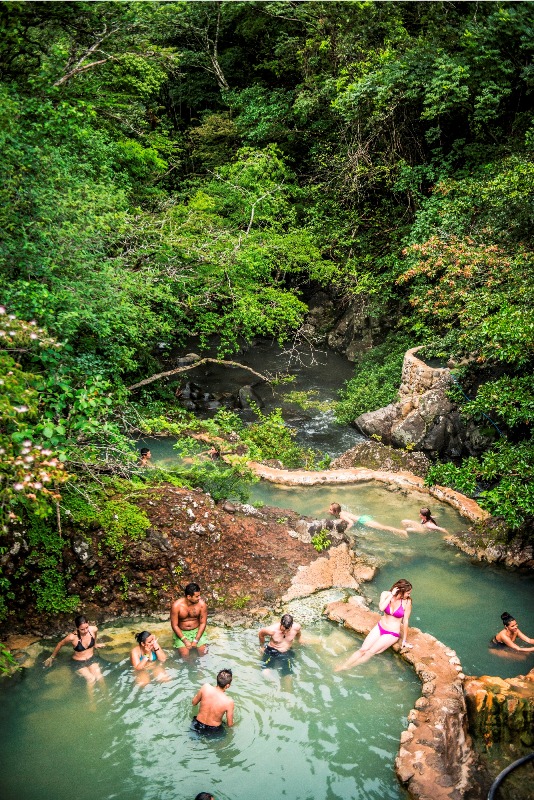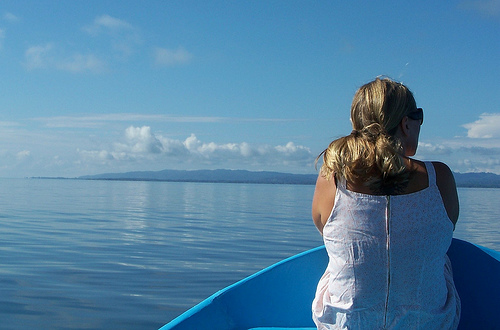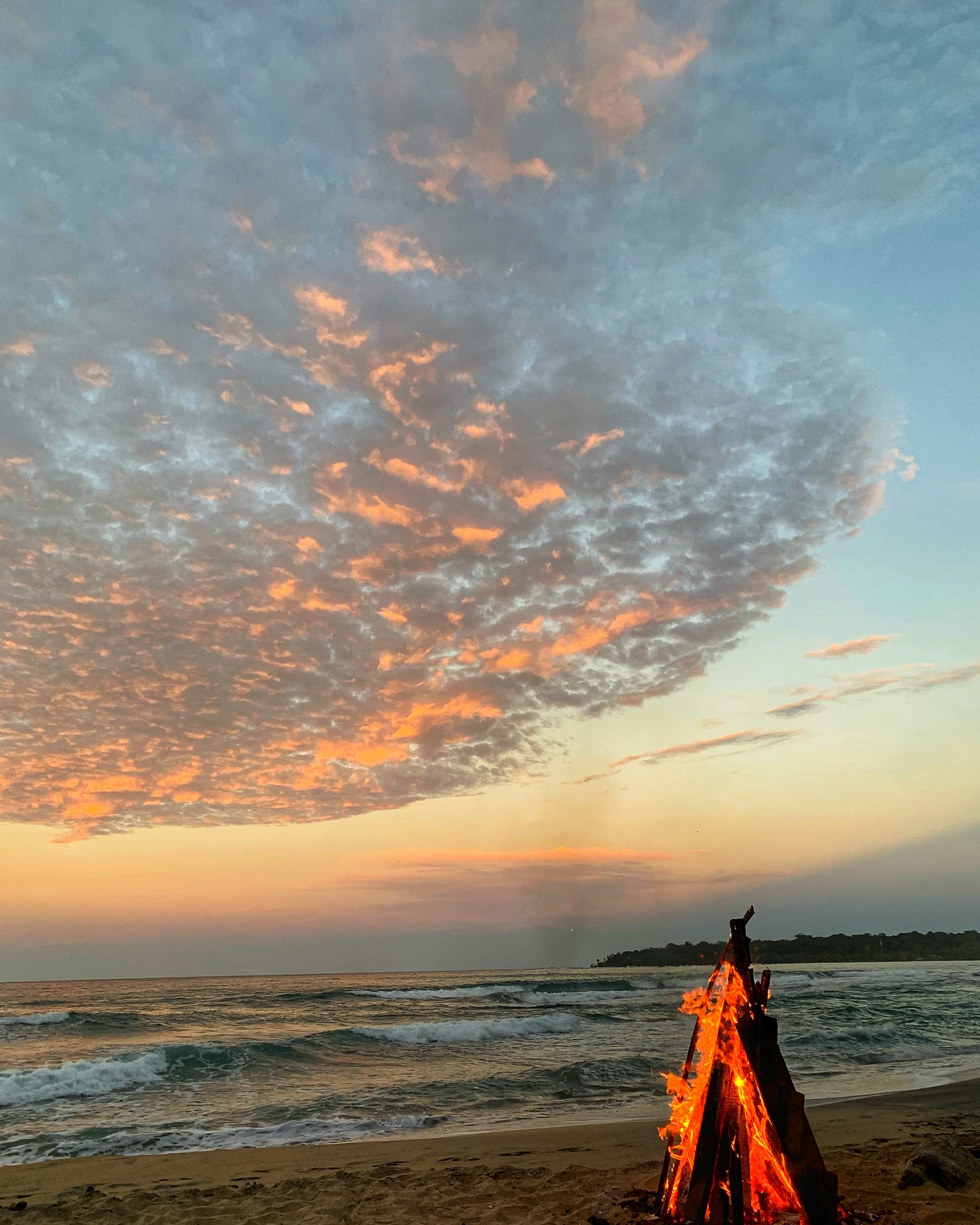Frog research in Costa Rica helps track climate change and conserves rainforests. Find out more on the one day tour at Veragua Rainforest Eco-Adventure Park in Caribbean Costa Rica.
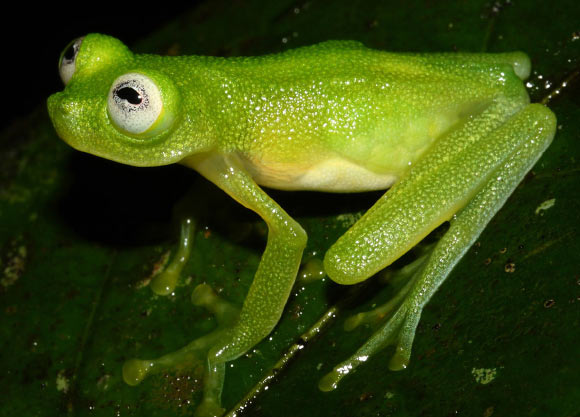
The thing that is so fascinating about frogs is how many different characteristics they have and the variety of species. And new species of frogs are still being discovered.
Frog research in Costa Rica made the world news two years ago when a new species of glass frog was identified in the Caribbean foothills by a group of scientists from the Costa Rican Amphibian Research Center. Named the Diane’s bare-hearted glass frog (Hyalinobatrachium dianae), the discovery was especially popular in social media since the small lime green amphibian looks just like Kermit the Frog.
“Frogs are a fascinating animal with which to study evolution and there are so many different characteristics to study about them,” said Wagner Chaves-Acuña, a biologist from the University of Costa Rica working with the scientific research team at Veragua Rainforest Eco-Adventure Park.
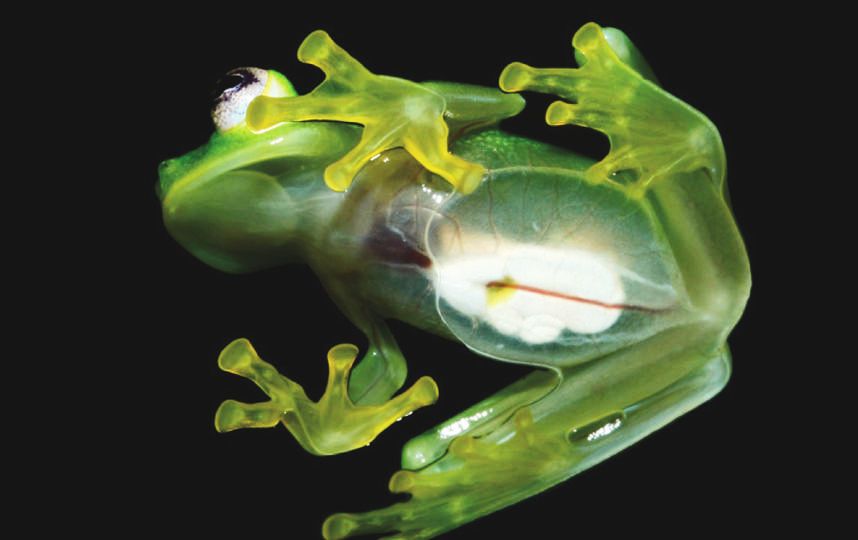
According to the American Museum of Natural History (AMNH) online reference site, which is updated in real time, there are currently 6,756 species of frogs and toads known in the world (Anura order).
Glass frogs (family Centrolenidae) are only found in the Americas in the Neotropics. Their name comes from their transparent skin on their underbellies, which makes internal organs visible as if they were made of glass.
Out of 153 species of glass frogs throughout the Neotropics, 14 so far are found in Costa Rica, with a little over 70% — 10 species – living in Veragua Rainforest. The private reserve and eco-adventure park in Costa Rica’s Caribbean coastal mountains has the highest biodiversity of frogs in Costa Rica, according to biologist José Salazar Zúñiga, Research Coordinator for the Veragua Foundation for Rainforest Research. His team has recorded 54 distinct frog species there; and they are using their studies for climate change research and rainforest conservation.
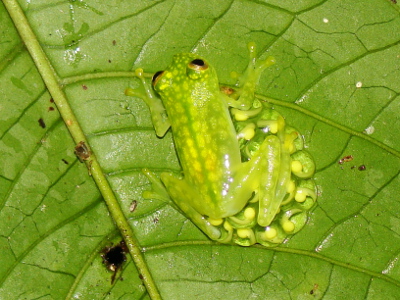
Here are some fascinating features about glass frogs you probably didn’t know:
- Unique and delicate glass frogs can be found in the vegetation surrounding streams.
- Male glass frogs “sing” for reproduction – to attract females for mating and to ward off other males.
- The Talamancan glass frog (Hyalinobatrachium talamancae) is a rare species found in Costa Rica and at Veragua Rainforest.
- Male Talamancan glass frogs sing from the underside of plant leaves to attract females, who then deposit their eggs also under the leaves.
- After female glass frogs lay their eggs, male Talamancan glass frogs protect the eggs day and night to ensure their survival.
- To help solve the possible problem of dehydration under their leaf umbrella, male Talamancan glass frogs excrete fluids over the jelly matrix surrounding the eggs to keep them hydrated.
One of the best things to do in Costa Rica is the one day tour at Veragua Rainforest Eco-Adventure Park, where you can see and experience rainforest life in person and enjoy exciting adventure tours.
Article by Shannon Farley






